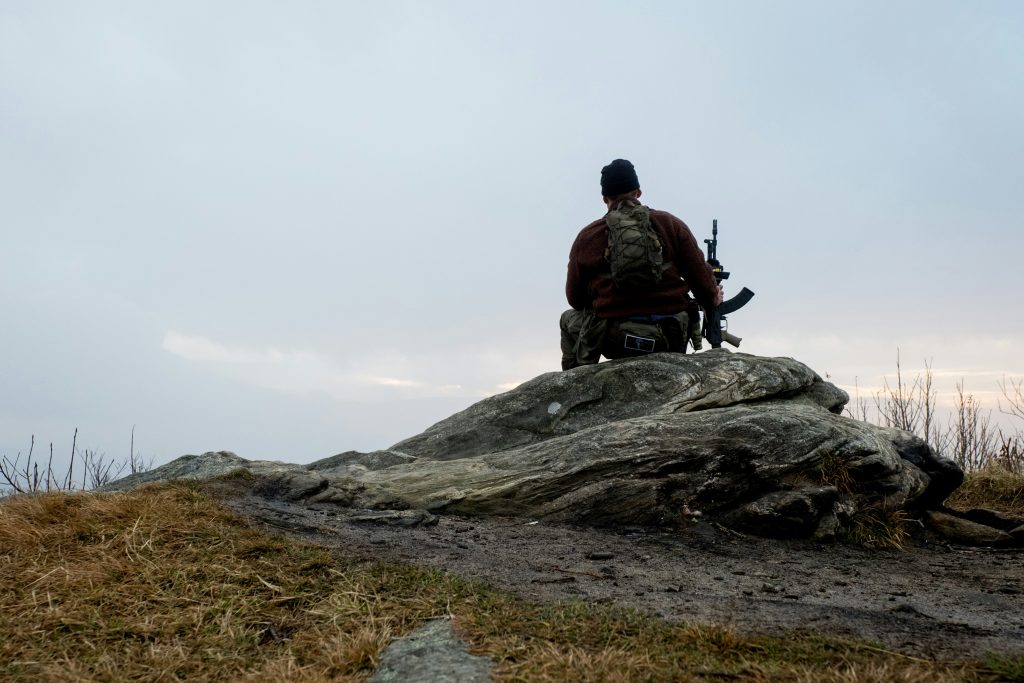
Who were the First Minutemen?
The first Minuteman Militias were not truly revolutionary forces; rather, they were established as reactionary forces intended to act in the defense of their communities. New England was the birthplace of the Minuteman Militia and in the year before the American colonies declared independence they sprang up throughout the region. Beginning in Massachusetts, in response to escalating tensions between the colonists and the British local town assemblies began passing legislation that articulated the organization of these militias, setting the stage for the conflict to come. In January 9th 1775, the voting populous of Concord adopted the following to direct the formation and activities of their Minutemen:
First that, we whose names are hereunto subscribed will to the utmost of our power defend his majesty King George the third his person, crown and dignity.
Second that we will at the same time to the utmost of our power and abilities defend all and every of our Charter Rights, Liberties and Privileges, and will hold our selves in readiness at a minutes warning with arms and ammunition thus to do.
Thirdly that we will at all times and in all places obey our officers chosen by us and our superior officers in ordering and disciplining of us, when and where said officers shall think proper, and that we will attend said services at all times that shall be perfixed by them for said purpasses[sic]
Revolutionary Era Concord Town Records 1775 January 1 to 1775 December 29 p. 3-4 https://concordlibrary.org/uploads/scollect/doc/1775.pdf
The first two points established a fairly traditional militia, prioritizing loyalty first to the King, then to the locality. The third point, however, radically democratized the militia; instead of appointing nobility as officers, a ubiquitous practice in Europe, the members of the Minutemen elected their own officers. In electing officers, the Concord Minutemen reflected a gradual but marked shift in the colonial mind about the source of sovereignty. Throughout Europe at the time, there traditionally could be only one sovereign. The British parliament was not a sovereign body, but rather served at the pleasure of the King and gained its authority from the crown. Today, the British monarch still retains the power to dissolve parliament; in fact, this is an integral part of the parliamentary election process. Such a deference to royal rule represents the age-old philosophy of unitary sovereignty: the monarch is appointed by God to rule and endowed with the whole sovereignty of the nation state. As the colonies wrestled with traditional views regarding divine right to rule and enlightenment ideas of natural and individual rights, they slowly began to shift the seat of sovereignty from the top of the government to the bottom. This is, in part, what sets the Minutemen apart as the first step towards putting popular rule in practice.
Modern Minutemen use this framework, established by our pre-revolutionary ancestors, to organize ourselves today. We stand not as a revolutionary force, but a perpetually pre-revolutionary force informed by the ideology that emerged out of the crucible of the American Revolution to stand ready to protect and defend the fundamental components of a properly ordered society. Thus, to fully understand the orientation and driving idea behind the Modern Minuteman, we must first understand both the orientation of the original Minuteman and the ideology driving the American experiment.
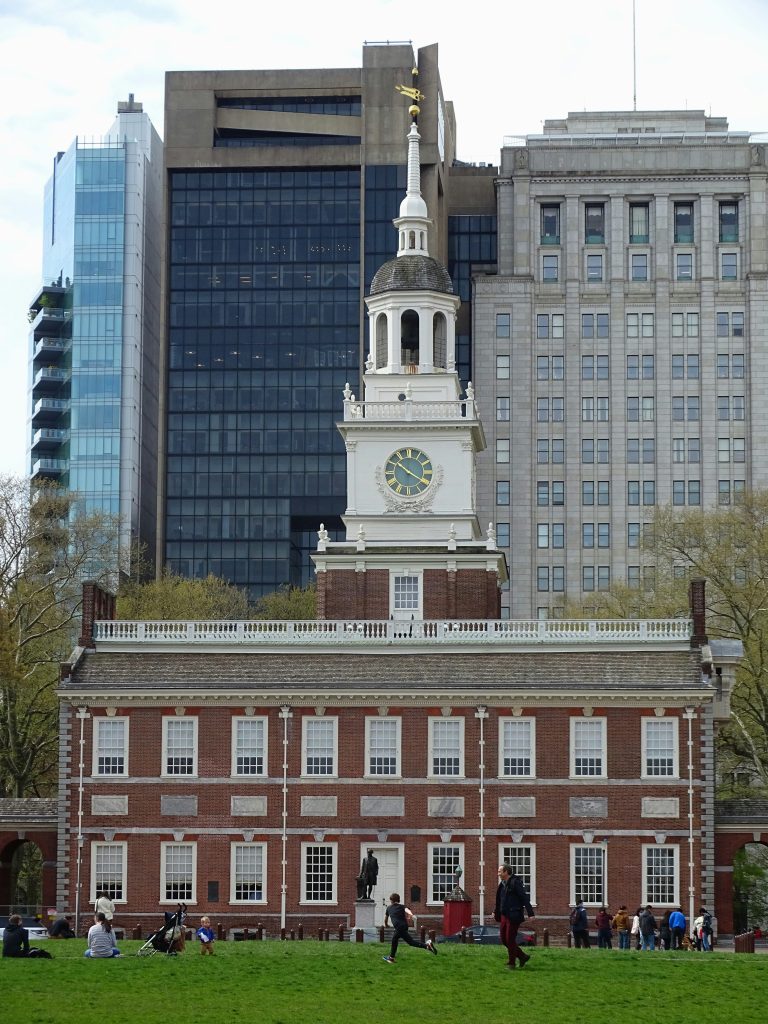
The three tenets of Concord’s Minutemen can be distilled in this way: First, we defend sovereignty. Second, we defend rights. Third, we embody those principles that give birth to individual sovereignty and natural rights in our persons and organizations. After much debate, the American Founders laid the right to rule at the feet of the governed, giving the citizens of a governed body shared sovereignty over the sovereign territory. This established a principle that directly contrasts that of monarchical Europe. Instead of the government serving at the pleasure of and with the consent of the governer (King), it served at the pleasure of and with the consent of the governed (the People). With this sovereignty the Founders laid out principles of natural and individual rights that this sovereignty ought to serve. As Thomas Jefferson articulated the cardinal rights in the American Declaration of Independence as the Right to Life, the Right to Liberty and the Right to Pursue Happiness. Furthermore, the Founders laid out a governmental structure they believed would make these ideals practicable in the world. Agreeing with the founders that these truths are self-evident and necessary to human flourishing, the Modern Minutemen use them as a guide to direct our organization. It could be reasonable, then, for a local Minuteman chapter to use the following framework
Firstly, that we whose names are hereunto subscribed will to the utmost of our power defend the People of [Locality Name], their persons, property, and dignity.
Second, that at the same time to the utmost of our power and abilities defend the natural rights of the same, namely those rights to Life, Liberty and the Pursuit of Happiness, and will hold ourselves in readiness at a minute’s warning with arms, ammunition and all other resources at our disposal thus to do so.
Thirdly, that we will at all times and in all places obey our officers chosen by us and our superior officers in ordering and disciplining us, when and where said officers shall think proper, and that we will attend said services at all times that shall be appointed by them for said purposes.
This Framework mirrors that of Concord’s pre-revolutionary Minutemen while also adopting the post-revolutionary ideas regarding the proper ordering of society. Establishing the Minutemen as a maintenance force. Its purpose is not to incite change, nor to direct political or societal life beyond the defense of those fundamental Rights. The militia serves at the pleasure of the People and in their support and defense, never at the pleasure of an individual or ideology to effect change. To be clear, this is not a denunciation of change makers and political actors; in truth society ought not remain stagnant, so it is right and proper for there to be a segment of society working to achieve beneficial change where it is needed. That role, however, lies outside of the purview of the Minuteman and would taint the focus of those who ought to be the servants of their community.
A Framework for Communal Success/Failure

It is natural and essential for humans to live in community, and true flourishing is rightly achieved in relationship with those around you. As one looks over the course of human history, humanity has rarely flourished in isolation. It is self-evident that we are a social species and our most natural life is a life lived with others. The American Founders, when conceptualizing a more perfect union, harkened back to the idea of the state of nature. The idea that government has historically turned tyrannical, infringing on the rights belonging to men by their nature, was integral to the argument of throwing off monarchy. As an alternative, the founders attempted to lay out a government oriented towards the defense of natural rights, thus limiting the ability of government to interfere with the natural flourishing of man. The Modern Minuteman must be oriented towards the same ends. Being locally organized, the Modern Minuteman must both serve in the defense against tyranny as well as facilitate the flourishing of their community. If one can identify tyranny, the first of these duties becomes a matter of courage and competence. The second of these duties is much more difficult to achieve and so must be informed by the community that the Minuteman serves; however, a general understanding of the forces at work in the life of a society can help direct the efforts of the Modern Minuteman.
Two forces are constantly at work in a community: Growth and fracture. Growth is inevitable when a community succeeds. The natural effects of familial flourishing increases the size of a community as well as the appeal that a flourishing community holds for those outside it. Because a thriving community is such a boon to its citizens, they will consistently seek to identify and eliminate or expel threatening forces. A thriving community often does not see less conflict than a struggling one; rather, it may see more. The true mark of a thriving community is the ability of its members to hold the continuity of the whole as more valuable than the individual interests of the members, thus addressing conflict while avoiding fracture and factionalization. This mentality is established through the force that holds a community together: The fabric of relationships and mutual aid that develops in any community that thrives. When tensions arise, mutual respect for the parties involved helps to mediate the conflict. The members of a community must first understand and accept that they belong to the same unit as all other members. Second, the members must see and believe that the contributions made by all members of the community are beneficial and integral to the success of the community. It is only at this point that the community members will sacrifice their individual desires in a compromise that will maintain the integrity of the whole. This is only done when it is understood that that which would be lost in conflict is much greater than what would be gained. And so peaceful and cooperative resolutions benefit all parties more than division and the dissolution of the social relationship.
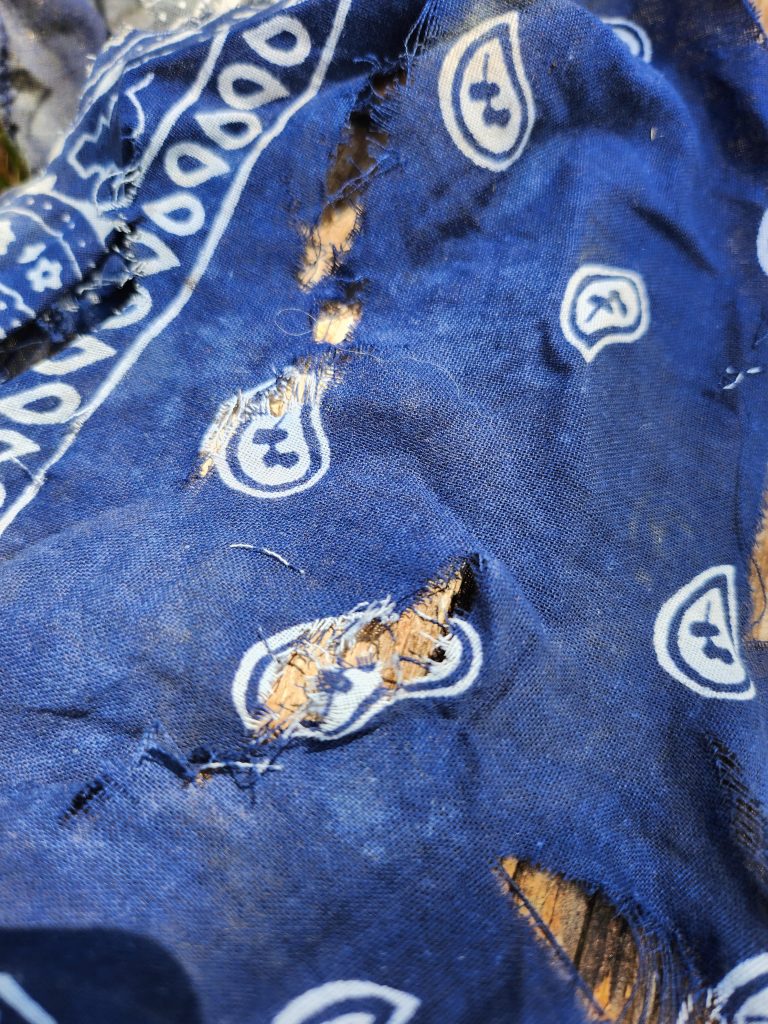
When a community is woven tightly, when a community has many and robust beneficial social connections and relationships, it will be strong and will last so long as it does not succumb to external threat. The opposite then risks the degradation of a community. That is, if the fabric of a community is weak, if the relationships are no longer supremely beneficial, then the calculus changes. When a conflict arises, if the conflicting parties can’t identify the supreme benefits of unity, then disunity becomes the safer bet and bloody feuds akin to that of the Hatfields and McCoys become inevitable. This calculation leads to a dissolution of the social structure and chaos ensues; taking the community from a state of mutual support and cooperation to mutual destruction and factionalism. No longer is the community one unit, but many, fighting over the corpse of the social body they were once a part of. This is the importance of community bonds and mutual support, all members must be more valuable than the squabbles that are inescapable. The other danger to a community comes from the inevitable growth of a successful community. A community that grows too large, with more members than an individual can know personally, will tear under its own weight. This is most evident in metropolitan areas. Ostensibly all members of the same city, one large community, but the social fabric is riddled with tears and threadbare connections between social groups. Sub-communities exist throughout but are not oriented towards the success of the whole, rather towards the success of the subcommunity, or the individual. This puts the community at risk not only of infighting, as is often the case when violent gangs develop, discrimination against minority groups arise, or blood feuds decimate family lines, but it also puts the community at the whims of whoever can capitalize on the conflicting interests and can tug on or snip the loose threads connecting the subgroups elevating a few at the expense of the wellbeing of the whole.

This trend is evident throughout history when political (social) structures become too large. Rome is an excellent example and was looked to by our Founders as a precursor to the American Republic. At the time of Gaius Julius Caesar the city of Rome’s population likely stood in the hundreds of thousands1. Subcommunites abounded and leaders in their communities acted as go-betweens for specific members of the powerful elite and the communities who supported them politically. There was an explicit structure of patrons (powerful political actors) and clients (influential community members) that facilitated this quid pro quo relationship between the powerful and the political base. The clients would work to the benefit of the patron personally and politically, elevating their patrons wealth and prestige. Clients influenced the electorate, often engaged in backroom dealings and more than a few threats and assassinations. In return the Patron would support the clients by providing protection and material aid. Patrons would often support the client’s business enterprises, elevate them socially or politically and work in the Senate to pass legislation that benefited the clients. In this way politicians would buy up votes and influence, not for the benefit of the whole, but for the perceived benefit of the part at the cost to the whole. This mentality of sacrificing the whole for the perceived benefit to the part is summed up in the idea of “Bread and Circuses.” Particularly in imperial Rome, the emperors would spend lavishly on games and grain allotments to placate the masses, while they did as they pleased politically, corruptly consolidating power and wealth amongst themselves and their allies. This distraction allowed the rot of corruption to suck the greatness of Rome dry. I’m convinced that this dry rot was a major contributor to the downfall of Rome for when pressures became great, from outside invasions and internal conflict, the society was torn from end to end, literally in the split of the empire, and figuratively as Roman society could no longer coalesce into an effective unit to defend its shared interests. The whole was sacrificed for the temporary benefit of its parts, and so the whole collapsed as the threads of the social fabric were continually weakened and cut for the sake of consolidation of power.
To What End?
The advent of mass communication, particularly social media, has exploded the size of our “Communities.” Most of us are members of multiple bloated and socially isolated communities, ranging from thousands to millions of members. On youtube for instance, it is no longer notable (as indicated by the play button awards2) unless a channel has amassed 100,000 subscribers in its community and there are more than 300,000 channels who have hit this number3. To be fair most people do not engage with the channels they follow on Youtube directly like they would a local community; however, many people have their political view and world views generally directly shaped by the content they consume through platforms like Youtube. When these platforms have such large audiences, it is not possible for the content to be directed towards the flourishing of a specific small community. The social media sites that people do engage with frequently and have largely replaced every day, meaningful socialization, Facebook, X and Instagram all have tens of millions of active american users4. The ease of access to these communities (you can spend hours interacting with your community from the comfort of your couch) and your ability to screen out anyone you’d rather not engage with has led to most people utilizing digital communities to fulfill their need for socialization at the cost of their local, physical communities.

Not only is this cheap substitute insufficient (as evidenced by the marked decrease in human flourishing in the west in recent decades) it also is much easier for those wishing to galvanize subcommunities to exert their influence. In fact, online communities tend to be so narrow and isolated that most people are members of many different large communities tailored to each of their individual interests creating multiple echo chambers where those who fall out of line are easily expelled. You are not forced to interact with those you disagree with, and so those wishing to influence you can demonize them as much as they want and you’ll lack evidence to contradict them. Because communities are so digitally organized and categorized, national, or even global, sub communities can be easily targeted in an isolated fashion. These communities are often far too narrowly defined and organized for true flourishing to occur as the difficult, or even non-preferred, components of a well lived life can easily be excluded and ignored. Targeted advertisement, manipulated information “leaks” and in the future (increasingly the present) AI fabrications will continue to weaken the already threadbare connections uniting us and the whole will collapse under its own weight.
Slowing the Descent
I am convinced the internet as a space for community is doomed, and was doomed from the start. If humanity continues to migrate from physical community to digital community the division and factionalism will bleed back from the digital world into the physical world, we are seeing this already. The internet is a powerful tool, one we hope to use to great effect to share information and resources. We do not seek to create a digital community that will serve to fulfill the human need for connection. We seek, rather, to create a guild of sorts. Where information and resources can be shared amongst all who would take on the role of Minuteman in their local community. The Modern Minuteman is the sacred protector of the small communities that humanity needs to thrive. As we are fundamentally motivated by the drive to preserve the natural rights of individuals and promote human flourishing we seek to equip individuals who will take on this role to strengthen their community, a monumental task for most, one we hope to make less daunting through our work at Minuteman Theory. So, we present to you the following framework, to orient yourselves and guide your steps as we work to slow the descent into chaos and salvage the society handed down to us by our ancestors.
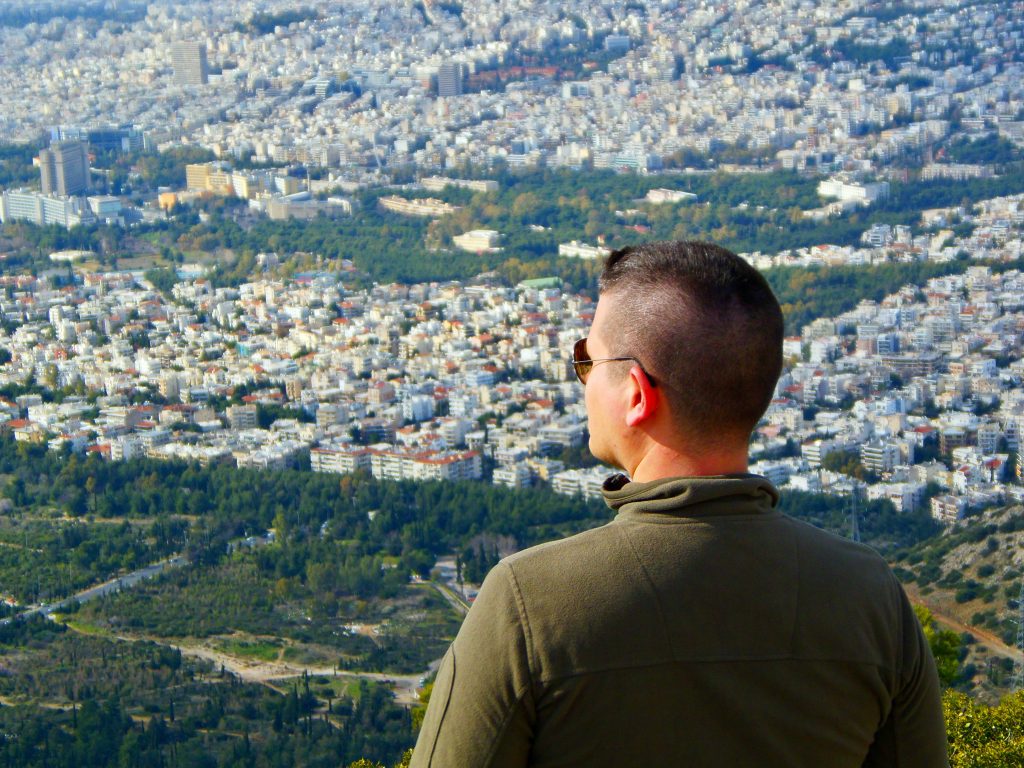
First and foremost the Minuteman is a servant. The first step in strengthening the ties in your community is to be an anchor the threads of community can be tied to. Be consistent. Be upstanding. Be useful. Develop the skills and abilities to be the one, who when tensions are high, will not break. Then, step into the gaps. Find the weak points in your community, the places where the fabric is weakest, where the biggest threat lies, and work to span the gap and fill the needs. Historically, the Minutemen were simply a militia ready to serve militarily to defend the towns that had established them. At the time the predominant threat to the community was marshal. Communities had their squabbles and their factions, but they were functioning communities. The British threatened these communities by disrupting their economies, on a practical level, and on an ideological level restricting their autonomy. The historical Minuteman stood in the weak point and faced down that which would destroy their society. The threat to our communities today are much more varied and insidious compared to those faced by our forebears and so the service required by our Modern Minutemen must also be more varied and steadfast and tailored to serve the needs of each locality. Each Minuteman or cohort of Minutemen must identify the weaknesses in their social fabric, relationally or materially, and work to competently step in to fill the gap and mend the tear.

We will develop resources and guidance based on the shared experience of the Modern Minutemen to help you become the glue that holds your community together and the shield that guards it jealously from the forces that would destroy it. We hope that in return you would share your experiences so that as we chart a course for each of our communities, we might facilitate the rebuilding of a national ethos that once again puts the locality first. If we can equip competent and dedicated servants who can strengthen their geographic societies, then we can slow or stop the descent many of our communities are spiraling down. Now is the time to step in, our world is tearing, and if we do not work to mend our social fabrics there will be no community left to mend. And without community we are lost, alone and doomed for destruction. But with a strong community, we can fulfill the promise of our forefathers and maintain a more perfect Union, and secure the Blessings of Liberty to ourselves and our Posterity.
“Today, we need a nation of Minutemen, citizens who are not only prepared to take arms, but citizens who regard the preservation of freedom as the basic purpose of their daily life and who are willing to consciously work and sacrifice for that freedom.”
-John F. Kennedy
President Kennedy’s Commemorative Message on Roosevelt Day, January 29, 1961
Recommended Reading
Minutemen and Their World – Robert A. Gross
Declaration: The Nine Tumultuous Weeks When America Became Independent, May1 – July4, 1776 – William Hogeland
Power and Liberty: Constitutionalism in the American Revolution – Gordon S. Wood
- Population of Roman Empire https://imperiumromanum.pl/en/roman-society/population-of-roman-empire/#google_vignette ↩︎
- Youtube Awards. https://www.youtube.com/creators/how-things-work/get-involved/awards/
↩︎ - YouTube Channels Report 2023 — Calculate YouTube Income. https://hollandsweb.medium.com/youtube-channels-report-2023-calculate-youtube-income-c15e44f6b4a4
↩︎ - Social Media Usage & Growth Statistics. https://backlinko.com/social-media-users
↩︎
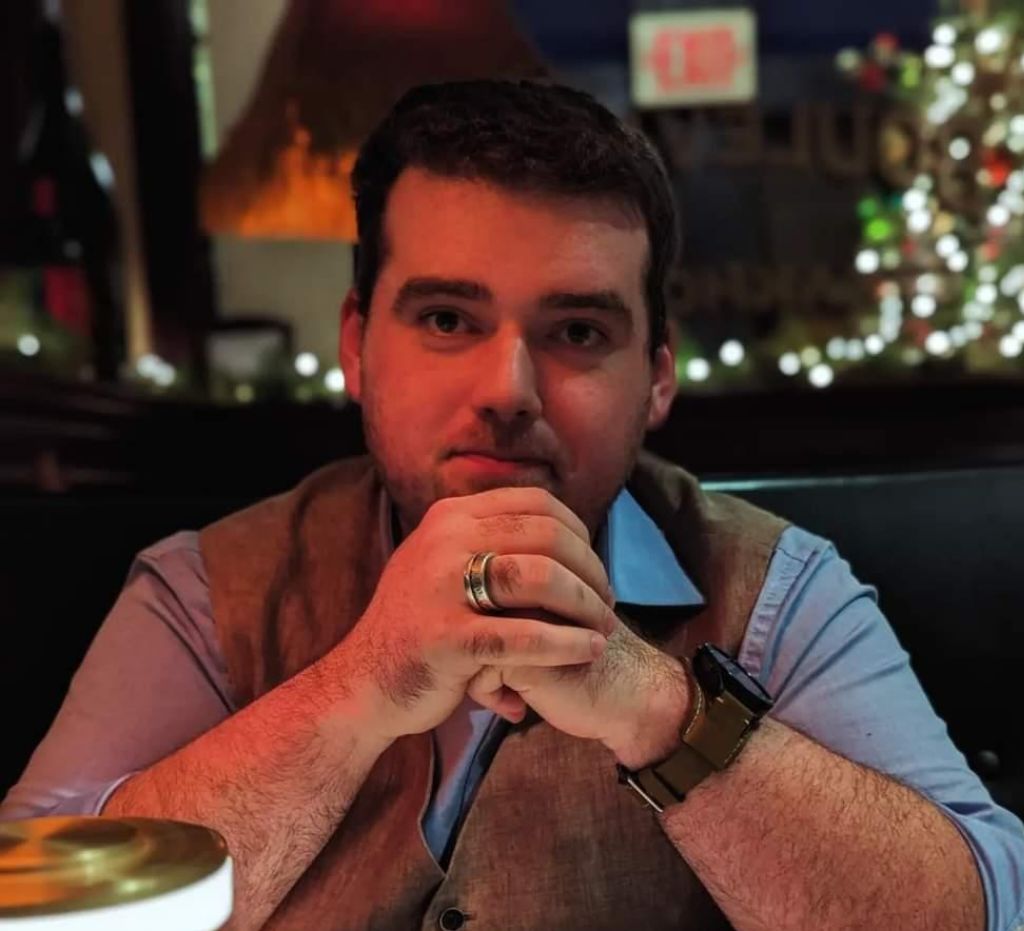
Chief Philosophical Correspondent